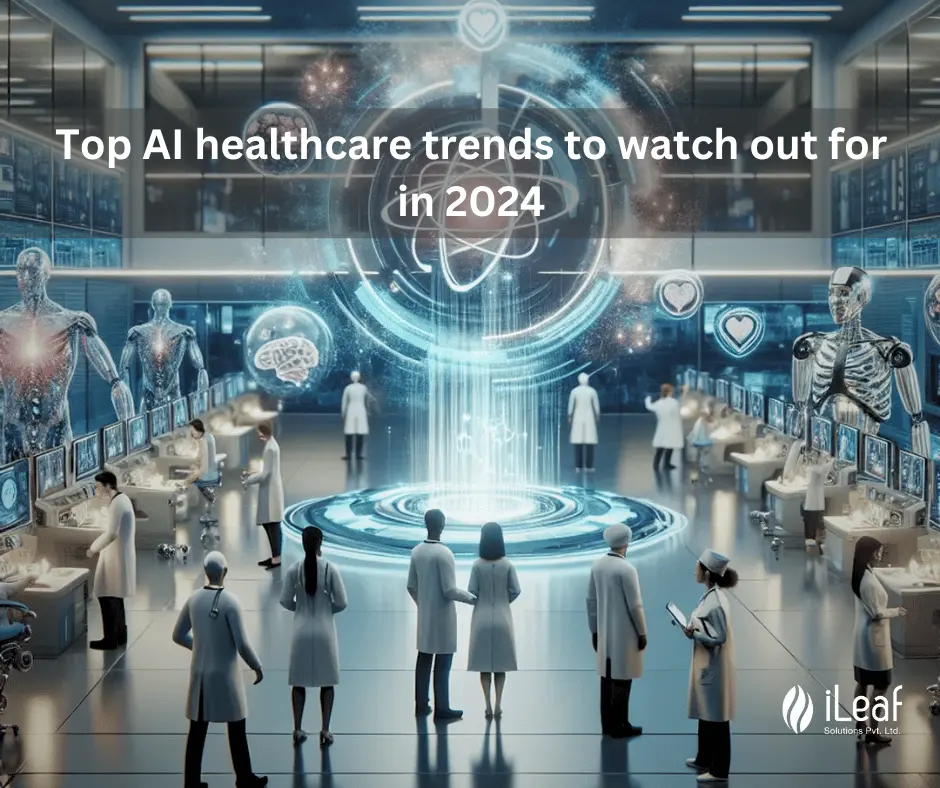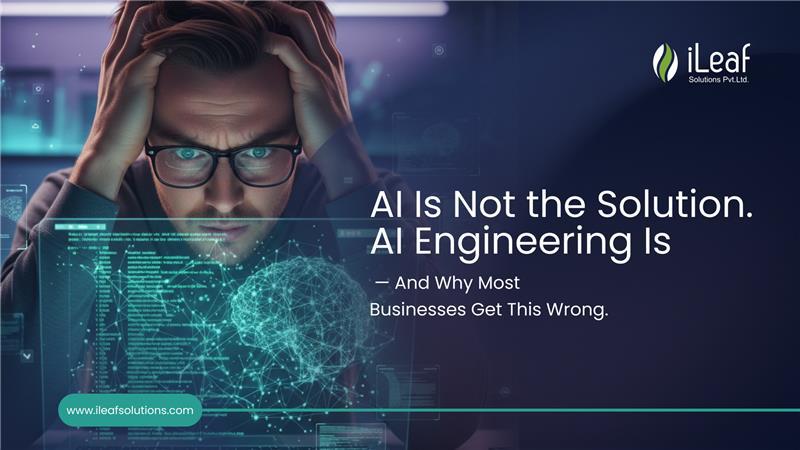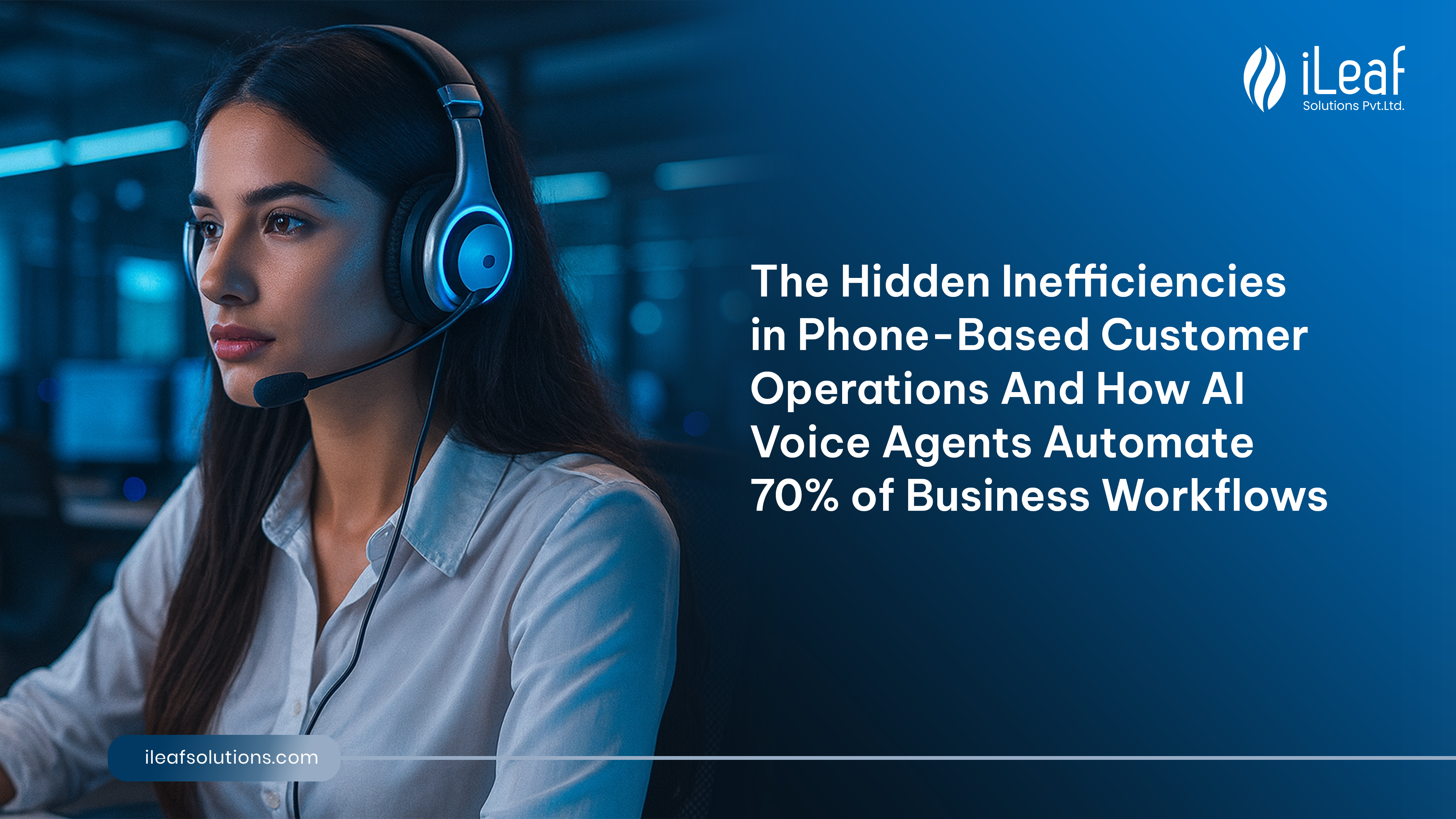Unbelievable Ways AI is Transforming Healthcare Diagnostics by 2024

Introduction
The role of artificial intelligence (AI) in healthcare diagnostics is rapidly expanding, revolutionizing the way medical professionals diagnose and treat diseases. With its ability to analyze vast amounts of data quickly and accurately, AI is poised to transform healthcare practices in unimaginable ways. In this article, we will explore the top 10 AI healthcare trends to watch out for in 2024 and uncover the unbelievable ways AI is revolutionizing healthcare diagnostics.
AI Advancements in Healthcare
AI has already made significant advancements in various areas of healthcare, including:
- Medical coding automation: Automating the process of assigning medical codes to patient records using AI algorithms.
- Healthcare data analytics: Analyzing large volumes of healthcare data to derive insights for better diagnostic practices.
1. Medical Coding Automation
Accurate medical coding is crucial in healthcare diagnostics. It helps healthcare providers document patient encounters, procedures, and diagnoses correctly, ensuring proper reimbursement and effective communication among healthcare professionals. However, traditional manual coding methods are often time-consuming, prone to errors, and can cause inefficiencies in healthcare operations. This is where AI comes in with its ability to automate medical coding processes and revolutionize the field.

Why is Medical Coding Automation Important?
- Correct billing: Accurate coding ensures that patients are billed correctly for the services they receive.
- Accurate medical records: Proper coding helps maintain accurate and up-to-date medical records for patients.
- Efficient insurance claims: Accurate coding speeds up the processing of insurance claims, reducing delays and denials.
- Data analysis: Coded data can be analyzed to identify trends, conduct research, and manage population health.
Challenges in Manual Coding Methods
- Time-consuming: Manual coding requires coders to go through patient charts and assign codes manually, which can be a time-consuming process.
- Prone to errors: Human coders can make mistakes or interpret information differently, leading to coding errors.
- Inconsistencies: Different coders may assign different codes for the same condition or procedure, resulting in inconsistencies in the data.
- Delays in coding: Manual coding can cause delays in updating medical records or processing insurance claims.
- How AI Automates Medical Coding
- AI technology can automate medical coding processes using the following methods:
- Analysis of electronic health records (EHRs): AI algorithms can analyze EHRs and extract relevant information to assign codes automatically.
- Understanding clinical text: Natural Language Processing (NLP) techniques enable AI systems to understand unstructured clinical text, such as physician notes or radiology reports, and convert them into standardized codes.
- Continuous learning: Machine learning algorithms can continuously learn from existing coded data to improve accuracy over time.
Benefits of Medical Coding Automation
Automating medical coding processes with AI technology offers several benefits for healthcare providers:
- Efficiency: AI-powered systems can reduce coding time by automating repetitive tasks, allowing coders to focus on more complex cases.
- Accuracy: AI algorithms have the potential to improve coding accuracy by analyzing large amounts of data quickly and consistently assigning appropriate codes.
- Cost savings: Automating coding processes can help reduce operational costs associated with manual coding, such as hiring additional staff or outsourcing services.
Overall, medical coding automation through AI has the potential to streamline healthcare diagnostics by improving efficiency, accuracy, and cost-effectiveness. By saving time for healthcare professionals and reducing errors in the coding process, AI technology enables more efficient patient care delivery while optimizing revenue cycles for healthcare organizations.
2. Healthcare Data Analytics
Healthcare data analytics is crucial for deriving insights that can improve diagnostic practices. With the increasing use of electronic health records (EHRs) and the availability of large amounts of healthcare data, AI algorithms are now essential for processing and analyzing this information. Here's what you need to know:
The Role of AI in Analyzing Healthcare Data
Traditional methods of analyzing healthcare data can be time-consuming and prone to errors. AI algorithms have the ability to quickly and accurately process large volumes of data. Using machine learning techniques, these algorithms can:
- Identify patterns
- Predict outcomes
- Detect anomalies that may go unnoticed by humans
For example, AI algorithms can analyze a patient's medical history and genetic profile to identify those at high risk for developing certain conditions. To understand the impact of healthcare data analytics powered by AI, let's look at a case study:
Case Study: Predictive Analytics in Early Cancer Detection
One area where healthcare data analytics has shown promise is in early cancer detection. By analyzing large datasets that include patient demographics, medical history, lifestyle factors, and genetic information, AI algorithms can find patterns that may indicate an increased risk of specific types of cancer. A study conducted by researchers at Stanford University used machine learning algorithms to analyze electronic health records from over 1 million adult patients. The algorithms accurately predicted which patients would receive a cancer diagnosis within the next 12 months.
This type of predictive analytics helps healthcare providers:
- Identify individuals who may benefit from early screening
- Tailor preventive measures and interventions based on individual risk profiles
By leveraging advanced algorithms and processing capabilities, healthcare professionals can make more accurate diagnoses and develop personalized treatment plans for improved patient outcomes.
3. Telehealth and Remote Patient Monitoring
Telehealth and remote patient monitoring have become essential components of modern healthcare, enabling patients to receive medical attention and diagnoses from the comfort of their own homes. AI technology plays a crucial role in enhancing these services, making them more efficient and accessible.
- Improved Access: Telehealth eliminates geographical barriers, ensuring that patients in rural or remote areas can receive quality healthcare.
- Convenience: Patients can schedule appointments at their convenience, reducing waiting times and avoiding long commutes. This flexibility is particularly beneficial for individuals with chronic illnesses who require frequent check-ups.
- Cost Savings: Telehealth reduces healthcare costs by eliminating the need for travel expenses and reducing hospital readmissions through proactive monitoring. It also allows healthcare providers to reach a larger patient population without expanding physical infrastructure.
4.Role of AI-Powered Devices in Remote Patient Monitoring
Remote patient monitoring involves the collection of patient data outside traditional healthcare settings, allowing clinicians to monitor their health conditions remotely. AI-powered devices play a crucial role in this process by providing accurate data analysis and real-time monitoring. Here's how AI enhances remote patient monitoring:
- Data Analysis: AI algorithms analyze large volumes of patient data collected from wearable devices, sensors, and other connected devices. By detecting patterns and anomalies, AI can identify potential health risks or changes in a patient's condition, enabling timely interventions.
- Early Detection: AI-powered devices can detect early signs of deterioration or abnormalities, alerting healthcare professionals to provide immediate medical attention. For example, AI algorithms can analyze heart rate variability data to predict cardiac events before they occur.
- Personalized Care: AI algorithms analyze patient-specific data to create personalized treatment plans and recommendations based on individual needs and conditions. This personalized approach ensures tailored care for each patient, leading to better outcomes.
5. Robotic-Assisted Surgeries
Robotic-assisted surgeries have revolutionized the field of healthcare diagnostics, offering numerous benefits and advancements in minimally invasive procedures. With the integration of artificial intelligence (AI), these surgical robots are becoming even more sophisticated and precise, paving the way for the future of surgical interventions.
Overview of surgical robots
Surgical robots are advanced medical devices that assist surgeons in performing complex procedures with enhanced precision and control. These robots consist of robotic arms equipped with specialized instruments and a high-definition camera that provides a magnified view of the surgical site. Surgeons operate these robots from a console, manipulating the instruments with utmost precision.
Role in minimally invasive procedures
- Robotic-assisted surgeries offer significant advantages over traditional open surgeries.
- By using smaller incisions, patients experience less trauma, reduced blood loss, faster recovery times, and minimal scarring.
- The high dexterity and range of motion provided by robotic arms enable surgeons to navigate difficult anatomical structures with ease.
- This technology has been particularly effective in urological, gynecological, and gastrointestinal procedures.
Advancements in AI
- AI is transforming robotic-assisted surgeries by enhancing their capabilities and expanding their applications:
- Machine learning algorithms analyze vast amounts of data from previous surgeries to improve surgical techniques and outcomes.
- By continuously learning from each procedure, AI algorithms can adapt and optimize the robotic system's performance over time.
- This iterative learning process enables surgeons to achieve greater accuracy and efficiency during surgeries.
Future prospects
The future of AI in robotic surgeries is promising:
As technology advances, we can expect improved imaging capabilities integrated into robotic systems, allowing for real-time visualization during procedures. Furthermore, AI algorithms could assist surgeons in decision-making processes by providing real-time analysis of patient data during surgery, optimizing treatment plans on the spot. With ongoing developments in robotic-assisted surgeries powered by AI, we can anticipate a future where complex procedures become even safer, more efficient, and accessible to a wider range of patients. Surgeons will have access to invaluable tools that enhance their skills and enable them to provide optimal patient care.
6. Personalized Medicine and Treatment Recommendations
Personalized medicine and treatment recommendations are revolutionizing the field of healthcare diagnostics. By leveraging artificial intelligence (AI) algorithms, healthcare providers can now analyze patient-specific data to create tailored treatment plans. This approach has significant implications for improving patient outcomes and optimizing healthcare delivery. In this section, we will explore the definition and significance of personalized healthcare approaches in diagnostics, as well as the role of AI in enabling these advancements.
Definition and Significance of Personalized Healthcare Approaches
It takes into account factors such as a patient's genetic makeup, lifestyle choices, environmental exposures, and other relevant data points. The significance of personalized healthcare approaches lies in their potential to transform standard treatment protocols. Instead of relying on one-size-fits-all approaches, personalized medicine recognizes that each patient is unique and requires tailored interventions. This approach allows for more precise diagnosis and treatment selection, leading to improved patient outcomes and reduced healthcare costs.
Role of AI in Analyzing Patient-Specific Data
AI algorithms play a crucial role in analyzing patient-specific data to develop personalized treatment plans. These algorithms have the ability to process large volumes of complex medical information quickly and accurately. By combining clinical data with genomic data, lifestyle data, and other relevant information, AI algorithms can identify patterns and correlations that may not be immediately apparent to human physicians.
For example, AI algorithms can:
- Analyze a patient's genetic profile to identify specific mutations or variations that may influence their response to certain medications.
- Use machine learning models to predict infection rates based on various factors such as population density, mobility patterns, and socioeconomic indicators.
7. Combating Infectious Diseases with AI-Enabled Surveillance Systems
In addition to personalized medicine, AI is also playing a vital role in infectious disease surveillance systems. By harnessing the power of machine learning models and big data analytics, healthcare professionals can track the spread of diseases in real-time, identify high-risk areas, and implement targeted interventions.
Case Study 1: Tracking COVID-19 Spread through Machine Learning Models and Social Media Monitoring
During the COVID-19 pandemic, AI-enabled surveillance systems have been instrumental in monitoring the spread of the virus. Machine learning models have been developed to predict infection rates based on various factors such as population density, mobility patterns, and socioeconomic indicators. These models help public health officials make informed decisions about resource allocation and implement preventive measures effectively. Social media monitoring has also played a crucial role in tracking the spread of COVID-19. AI algorithms analyze social media posts to detect early signs of outbreaks or changes in public sentiment related to the virus. This timely information allows health authorities to respond quickly and efficiently.
Case Study 2: Detecting Patterns of Antibiotic Resistance using Big Data Analytics
Antibiotic resistance is a growing concern worldwide. AI-powered surveillance systems can analyze vast amounts of health data from multiple sources to detect patterns of antibiotic resistance emergence. By identifying these patterns, healthcare providers can implement targeted interventions such as antimicrobial stewardship programs or infection control measures to prevent further spread. In conclusion, personalized medicine and treatment recommendations are transforming healthcare diagnostics by leveraging AI algorithms to analyze patient-specific data for tailored treatment plans. This approach enables more precise diagnoses, improved patient outcomes, and optimized healthcare delivery. Additionally, AI-enabled surveillance systems are revolutionizing infectious disease monitoring by tracking disease spread in real-time and detecting patterns that help inform public health interventions. The transformative potential of AI in shaping the future of healthcare diagnostics is truly remarkable.
8. Enhancing Healthcare Operations with AI
As the healthcare industry continues to embrace technological advancements, AI is playing a pivotal role in optimizing administrative processes and resource management within healthcare organizations. From streamlining operations to improving patient care, AI-powered solutions are revolutionizing the way hospitals and clinics function. Let's explore some of the key applications of AI in healthcare operations and the future trends that are set to transform hospital administration.
- Patient Registration: AI-powered chatbots and virtual assistants can handle patient registration processes, reducing wait times and improving efficiency.
- Appointment Scheduling: AI algorithms can analyze patient data, availability of doctors, and other factors to schedule appointments in a way that minimizes waiting times and optimizes resource allocation.
- Inventory Management: AI-based systems can track inventory levels, predict demand, and automate reordering processes. This ensures that essential medical supplies are always available when needed.
The Future of AI in Hospital Administration and Management
Looking ahead, there are several anticipated advancements in the field of AI-powered hospital administration that hold great promise for enhancing healthcare operations:
9.Fully Autonomous Robotic Assistants
In the future, we can expect to see fully autonomous robotic assistants taking over routine tasks in hospitals. These robots will be capable of performing tasks such as patient registration, inventory management, and even basic caregiving tasks like delivering medications. This will free up healthcare professionals to focus on more complex and critical aspects of patient care.
Predictive Analytics for Resource Allocation
With the help of AI algorithms and predictive analytics, hospitals will be able to optimize resource allocation based on real-time data. This includes predicting patient admission rates, identifying peak periods, and allocating staff and resources accordingly. By leveraging this technology, hospitals can ensure efficient utilization of resources while maintaining high-quality care.
Smart Hospital Infrastructure
AI-powered systems can be integrated into hospital infrastructure to monitor various parameters in real-time. For example, sensors can detect equipment malfunctions or shortages automatically, triggering alerts for maintenance or restocking. This proactive approach helps prevent disruptions in hospital operations and ensures smooth functioning.
Improving Patient Flow
AI can analyze patient data from electronic health records (EHRs) to identify bottlenecks in patient flow within hospitals. By streamlining processes such as triage, diagnostics, and discharge planning, hospitals can reduce waiting times and improve overall patient experience.
In conclusion, the integration of AI into healthcare operations has the potential to transform hospital administration by automating routine tasks, optimizing resource allocation, and improving overall efficiency. With anticipated advancements such as fully autonomous robotic assistants and predictive analytics for resource allocation on the horizon, the future of AI in hospital administration looks promising. By harnessing the power of AI technology, healthcare organizations can enhance their operational capabilities while providing better care for patients.
Conclusion
The potential of AI in shaping the future of healthcare diagnostics is truly remarkable. As we look ahead to 2024, there are several AI healthcare trends that we should keep an eye on. The progress made in these areas showcases just a glimpse of what the future holds for AI in healthcare diagnostics. As technology advances and our understanding deepens, the possibilities are endless.














